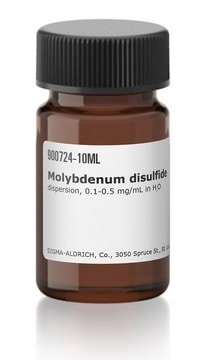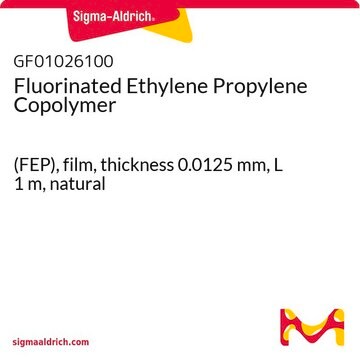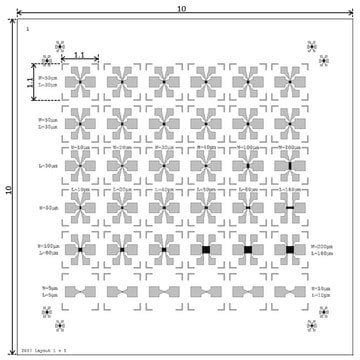GF23860032
Copper
wire reel, 5m, diameter 0.05mm, as drawn, 99.99+%
Synonym(s):
Copper, CU005198
Sign Into View Organizational & Contract Pricing
All Photos(2)
About This Item
Empirical Formula (Hill Notation):
Cu
CAS Number:
Molecular Weight:
63.55
MDL number:
UNSPSC Code:
12141711
PubChem Substance ID:
NACRES:
NA.23
Recommended Products
Assay
99.99%
form
wire
manufacturer/tradename
Goodfellow 238-600-32
resistivity
1.673 μΩ-cm, 20°C
L × diam.
5 m × 0.05 mm
bp
2567 °C (lit.)
mp
1083.4 °C (lit.)
density
8.94 g/mL at 25 °C (lit.)
SMILES string
[Cu]
InChI
1S/Cu
InChI key
RYGMFSIKBFXOCR-UHFFFAOYSA-N
Related Categories
General description
For updated SDS information please visit www.goodfellow.com.
Legal Information
Product of Goodfellow
Storage Class Code
13 - Non Combustible Solids
WGK
WGK 2
Flash Point(F)
Not applicable
Flash Point(C)
Not applicable
Certificates of Analysis (COA)
Search for Certificates of Analysis (COA) by entering the products Lot/Batch Number. Lot and Batch Numbers can be found on a product’s label following the words ‘Lot’ or ‘Batch’.
Already Own This Product?
Find documentation for the products that you have recently purchased in the Document Library.
Donita C Brady et al.
Nature, 509(7501), 492-496 (2014-04-11)
The BRAF kinase is mutated, typically Val 600→Glu (V600E), to induce an active oncogenic state in a large fraction of melanomas, thyroid cancers, hairy cell leukaemias and, to a smaller extent, a wide spectrum of other cancers. BRAF(V600E) phosphorylates and
Hiroki Serizawa et al.
Organic letters, 16(13), 3456-3459 (2014-06-14)
The direct synthesis of pentafluoroethyl copper (CuC2F5) from a cuprate reagent and ethyl pentafluoropropionate as one of the most economical and useful pentafluoroethyl sources was accomplished. The advantages of this method are; all the reagents employed are low-cost and operationally
Nathalie Adam et al.
Environmental pollution (Barking, Essex : 1987), 194, 130-137 (2014-08-12)
In this study the uptake of ZnO and CuO nanoparticles by Daphnia magna was tested. Daphnids were exposed during 48 h to acute concentrations of the nanoparticles and corresponding metal salts. The Daphnia zinc and copper concentration was measured and the
Julie E Gleason et al.
Proceedings of the National Academy of Sciences of the United States of America, 111(16), 5866-5871 (2014-04-09)
The human fungal pathogens Candida albicans and Histoplasma capsulatum have been reported to protect against the oxidative burst of host innate immune cells using a family of extracellular proteins with similarity to Cu/Zn superoxide dismutase 1 (SOD1). We report here
Alina Fedoseienko et al.
Annals of the New York Academy of Sciences, 1314, 6-14 (2014-04-05)
Copper is an important cofactor in numerous biological processes in all living organisms. However, excessive copper can be extremely toxic, so it is vital that the copper level within a cell is tightly regulated. The damaging effect of copper is
Our team of scientists has experience in all areas of research including Life Science, Material Science, Chemical Synthesis, Chromatography, Analytical and many others.
Contact Technical Service








